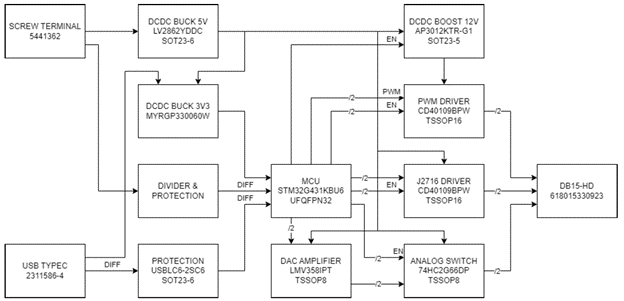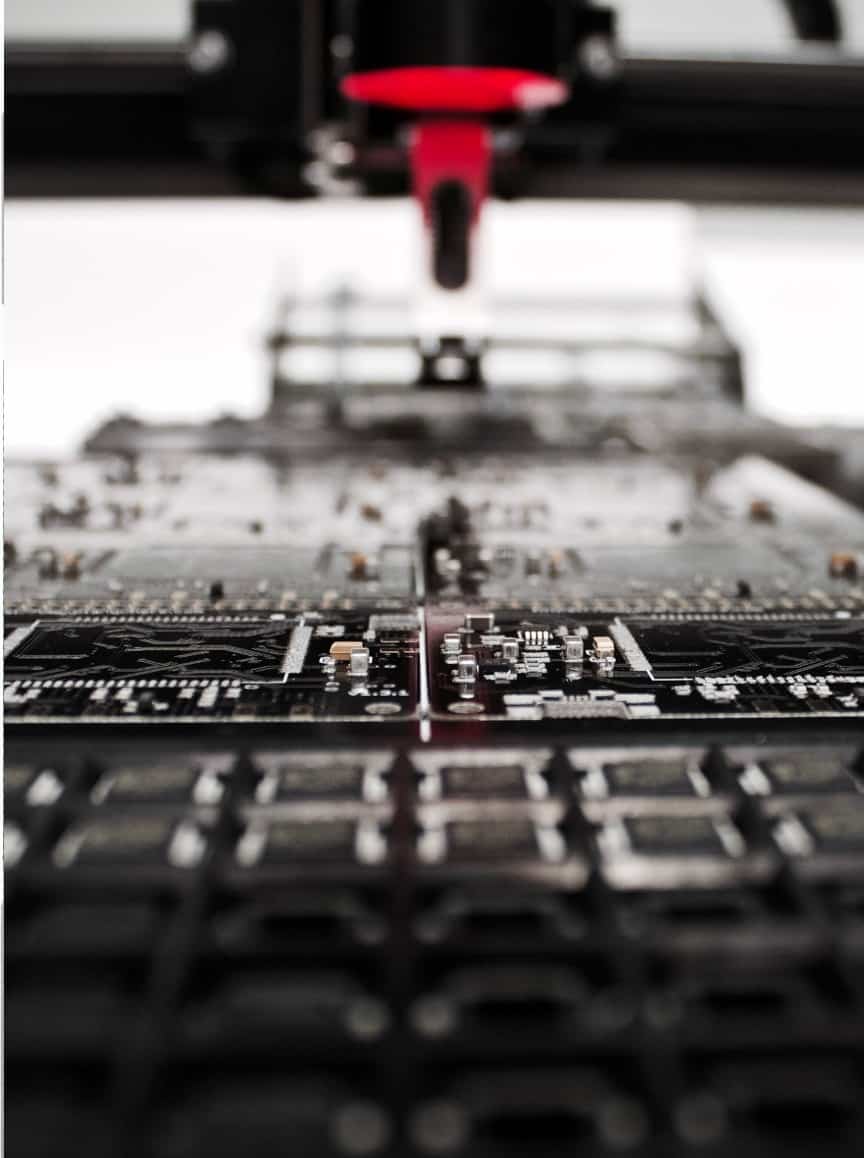Have you ever wondered how the perfect roar of an engine, or the smooth hum of a luxury car is crafted?
It all comes down to precise tuning, and sometimes, innovative project ideas. Recently, we explored a concept for automating the capture of acoustics parameters in automobiles with the help of an accelerator pedal simulator. We believe this idea holds immense potential. Here’s a deep dive into what could be a great innovation in automobile acoustics, designed by DigitalGate.

The Project Idea
This project aims to enhance the process of tuning automobile acoustics, including exhaust sounds and driving noises, using automation of the accelerator pedal. The concept revolves around controlling the car via a specialized stand or PC to automate parameter capture. Here’s the detailed concept of the project:
Objective: Automate the capture and control of acoustics parameters in automobiles.
Main Components:
- A converter that substitutes the accelerator pedal, transforming a 0-10V analog input into a dual SAE J2716 (SENT) protocol transmitter.
- Input to output conversion and control managed via USB.
Additional features include:
- Two 0-5V analog outputs.
- Two 5V/12V PWM outputs.
The SENT protocol
The document defines the standard for implementing the Single Edge Nibble Transmission (SENT) encoding scheme used to report sensor information digitally in automotive applications. This standard aims to facilitate ECU and tool manufacturers in meeting diverse user needs with minimal design modifications, ultimately lowering ECU costs through increased industry volume of standardized designs. It sets a minimum performance standard to ensure compatible data communication among devices from different suppliers. The specification serves as a communication interface guideline, not a product specification, and targets ECU suppliers, sensor suppliers, component release engineers, and vehicle system engineers.
What is the need for such a system?
Automobile acoustics tuning is a critical process in vehicle manufacturing and modification. The ability to automate this process can significantly enhance precision and efficiency.
- Enhanced Precision: Automated control ensures consistent and precise tuning, minimizing human error.
- Increased Efficiency: Automation reduces the time required for testing and tuning, speeding up the overall process.
- Market Demand: With the growing focus on vehicle customization and performance, there is a rising demand for sophisticated tuning solutions.
The actual benefits
- Consistency: Automated systems provide consistent results, which is crucial for maintaining quality standards.
- Scalability: The solution can be scaled to accommodate different vehicle models and tuning requirements.
- Innovation: Introducing advanced automation in acoustics tuning positions the developer as a leader in innovation within the automotive industry.
Development Insights
Technical Feasibility
To develop the accelerator pedal simulator for acoustics tuning, several technical aspects need to be considered:
- Converter Design: Creating a reliable converter to replace the accelerator pedal with precise 0-10V input to SAE J2716 (SENT) output transformation.
- USB Control: Developing firmware and software for seamless input to output conversion and control via USB.
- Additional Outputs: Integrating two 0-5V analog outputs and two 5V/12V PWM outputs into the system.
Process
Our usual development process would involve:
- Research and Design: Understanding the specific requirements and designing the converter and control systems.
- Prototyping: Creating prototypes to test and refine the design.
- Testing: Rigorous testing to ensure reliability and accuracy.
- Production: Scaling the design for production and ensuring consistent quality.
Our solution for this project
The block diagram

DCDC Buck 3V3: This module is designed to power the MCU from either an external supply or a USB Type-C connector, facilitating configuration without the need for external power sources. Although the entire device can operate from the Type-C connector, it is prudent to ensure that only the MCU draws power from the USB to avoid potential compromises.
DCDC Boost 12V: This module features a straightforward design with an external Schottky diode. When disabled, it outputs 5V minus the diode’s voltage drop, and when enabled, it provides a 12V output.
PWM Driver/J2716 Driver: The CD40109BPWR is used here, though it has a relatively low output current at lower voltages. To enhance signal strength, two channels will be combined. The setup aims to source up to approximately 2mA and sink around 8mA.
Divider & Protection: To protect the sensitive analog inputs from harsh industrial environment, an ESD protection will be added right at the input and TVS (Zener) diode at the MCU input after divider.
MCU: The STM32G431K6Ux devices are based on the high-performance Arm® Cortex®-M4 32-bit RISC core, operating at a frequency of up to 170 MHz. The Cortex-M4 core features a single-precision floating-point unit (FPU), supporting all Arm single-precision data-processing instructions, making it a perfect fit for this application.

Conclusion
Exploring innovative solutions in automotive technology can lead to significant advancements in efficiency and performance. By leveraging automation and advanced control systems, we can achieve more precise and reliable tuning of automobile acoustics. These technologies not only improve consistency and scalability but also position us at the forefront of automotive innovation.
Do you have any ideas or feedback on the accelerator pedal simulator for acoustics tuning project? Interested in collaborating or need similar solutions? Contact us today and let’s innovate together!




